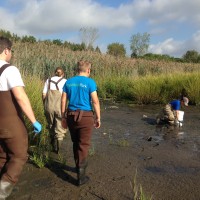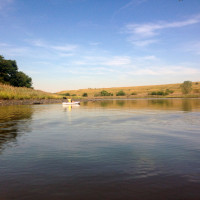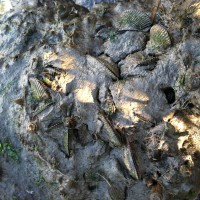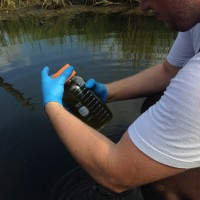Living Shoreline
Dr. Allison Fitzgerald from the New Jersey City University and NY/NJ Baykeeper, and Dr. Eugenia Naro-Maciel from the College of Staten Island (now at New York University), conducted a study at Freshkills Park investigating the construction of a living shoreline with biodiversity monitoring using novel environmental DNA and traditional assessments.
This project was part of the much larger scale restoration that is taking place at Freshkills Park. The researchers were focused on the potential of restoring two tidal wetland locations using existing salt marsh plants (Spartina, Phragmites) in addition to a matrix of living animals (ribbed mussels and other bivalves, algae), to increase biodiversity and strength and filtering ability of the shoreline.
The waterways of Freshkills Park are a main outlet of the Staten Island watershed into the Hudson-Raritan Estuary (HRE); with the increase in strength and abundance of strong storm surges in the HRE, focus has turned to environmentally sustainable ways in which we can increase the protection that our coastal zones offer to inland areas. It is important to recognize that storm surges often bring an influx of pollutants from onshore back into the waterways when the surges recede. Therefore, the small marginal area between the estuary and shore is of upmost importance to study, and constructing a living shoreline is an ideal project to observe the interactions between land and sea.








